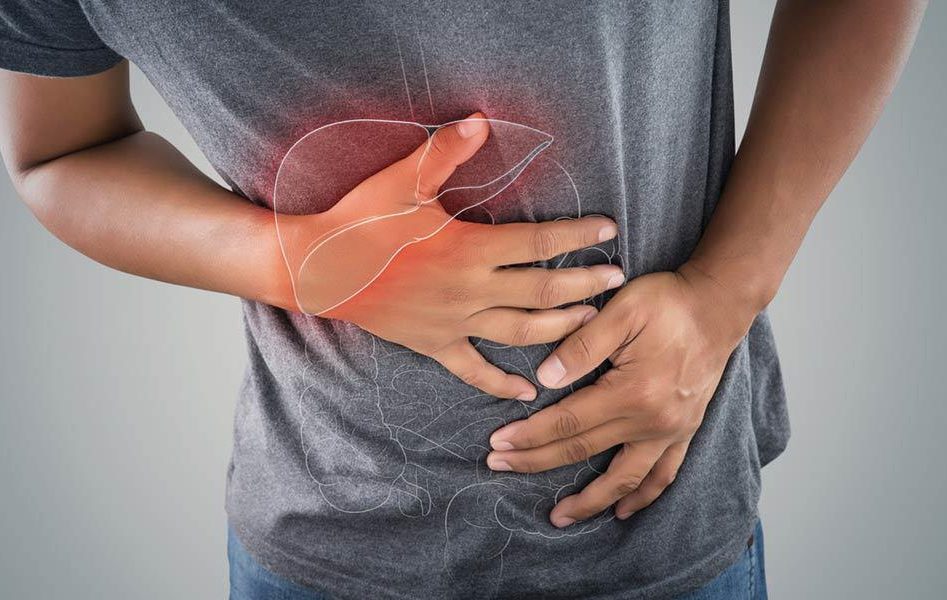The German Association for Gastrointestinal and Metabolic Diseases states that pancreatitis has several causes, including biliary tract diseases such as gallstones, nicotine, and a sudden increase in blood fat levels.
Other causes include viral infections such as mumps, viral hepatitis, type 2 diabetes, some medications like diuretics, blood pressure-lowering drugs, and hormones, as well as alcohol consumption.
Symptoms of pancreatitis include pain in the upper abdomen, abdominal bloating, feeling of fullness, nausea, vomiting, fever, loss of appetite, fatty stools, and circulatory problems like palpitations and low blood pressure.
The symptoms also include yellowing of the skin and the sclera (white of the eyes), as well as skin changes such as the appearance of blue-tinted brown spots around the navel and/or blue, red, and purple spots in the flank area.
Serious Complications
Immediate medical consultation is necessary upon noticing these symptoms to receive timely treatment and avoid serious complications such as fluid accumulation in the abdomen (ascites) or the lungs and pancreatic cancer.
Treatment includes the removal of gallstones if present. Sometimes surgery may be necessary, especially if a significant part of the pancreatic tissue needs to be removed due to pancreatitis.













